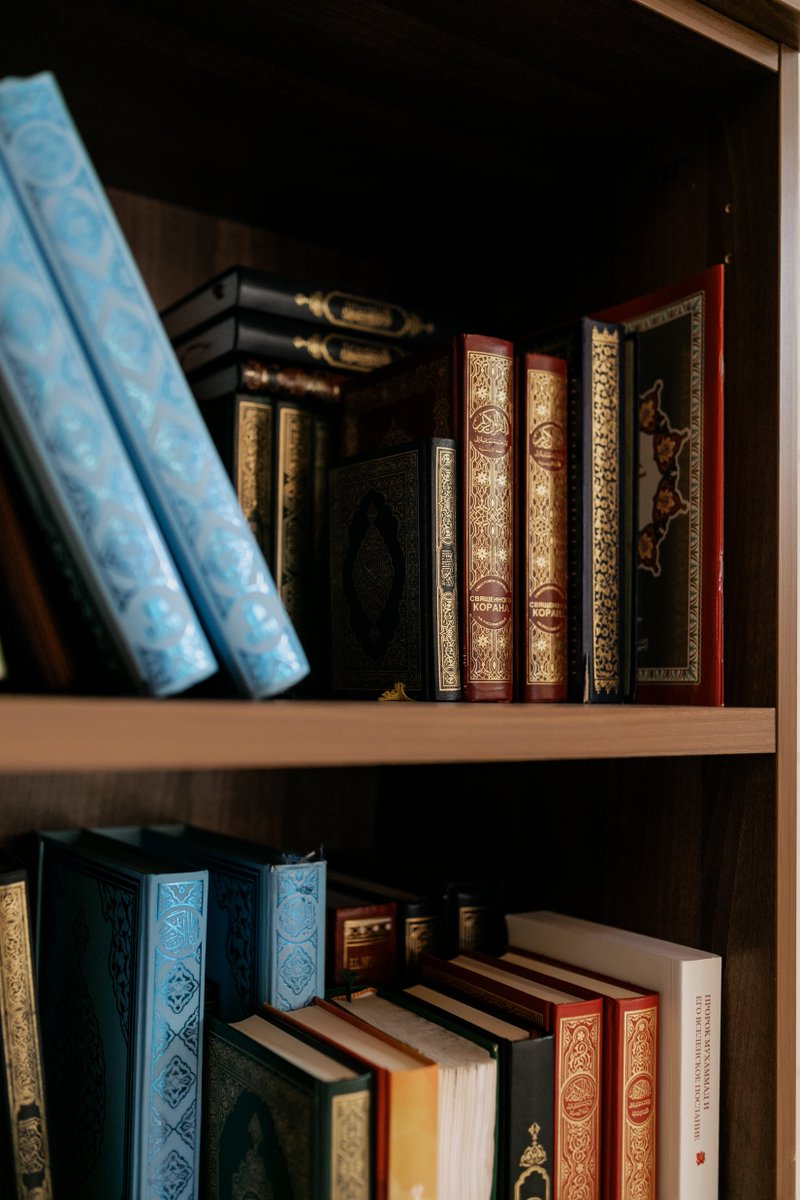On this day, Feb. 9, 1881, Fyodor Dostoevsky breathed his last.
His dying wish?
For his children to be gathered around him and read a story.
It was his final lesson to his children, and it is the key to understanding his work.
Thread 👇
His dying wish?
For his children to be gathered around him and read a story.
It was his final lesson to his children, and it is the key to understanding his work.
Thread 👇

Dostoevsky's daughter Aimée recounts the scene:
“He made us come into the room, and, taking our little hands in his, he begged my mother to read the Parable of the Prodigal Son.
He listened with his eyes closed, absorbed in his thoughts..." 2/
“He made us come into the room, and, taking our little hands in his, he begged my mother to read the Parable of the Prodigal Son.
He listened with his eyes closed, absorbed in his thoughts..." 2/

The parable, from Luke's Gospel, tells of a wayward son, who roams far from home, squandering his inheritance.
But, reaching rock bottom, he returns, repentant.
His father welcomes him with open arms:
For the son who "was dead... is alive again; he was lost and is found." 3/
But, reaching rock bottom, he returns, repentant.
His father welcomes him with open arms:
For the son who "was dead... is alive again; he was lost and is found." 3/

‘My children,’ the dying Dostoevsky said in his feeble voice, ‘never forget what you have just heard.
Have absolute faith in God and never despair of His pardon.
I love you dearly, but my love is nothing compared with the love of God for all those He has created... 3/
Have absolute faith in God and never despair of His pardon.
I love you dearly, but my love is nothing compared with the love of God for all those He has created... 3/

'Even if you should be so unhappy as to commit a crime... never despair of God.
You are His children; humble yourselves before Him, as before your father.
Implore His pardon, and He will rejoice over your repentance, as the father rejoiced over that of the Prodigal Son.’” 4/
You are His children; humble yourselves before Him, as before your father.
Implore His pardon, and He will rejoice over your repentance, as the father rejoiced over that of the Prodigal Son.’” 4/

This is the simple story he kept on telling, in different ways, in his novels.
His protagonists are the prodigals.
He'd have them squander everything and reach rock bottom.
But he'd leave a glimmer of hope, a possibility that there was a way back home, through repentance. 5/
His protagonists are the prodigals.
He'd have them squander everything and reach rock bottom.
But he'd leave a glimmer of hope, a possibility that there was a way back home, through repentance. 5/

In Crime and Punishment, the prodigals are Raskolnikov, the former law student who descends into nihilism and commits crimes beyond imagining, and his counterpart Sonia, degraded in poverty and despair.
Both end the novel in Siberia, as far from home as possible. 6/
Both end the novel in Siberia, as far from home as possible. 6/

But the closing image is one of hope, our prodigals metaphorically at the threshold of their Father's door:
Raskolnikov holds Sonia's New Testament in his hand -- still unopened, but with the hope that his gradual renewal into a "new unknown life" was about to begin. 7/
Raskolnikov holds Sonia's New Testament in his hand -- still unopened, but with the hope that his gradual renewal into a "new unknown life" was about to begin. 7/

Dostoevsky's novels are dark and complex.
They deal with big questions about the nature of evil; the meaning of suffering; why people choose hate over love.
But they don't stay in the dark. They point to the light. They have hope.
They're Great Books. I recommend them. /Fin
They deal with big questions about the nature of evil; the meaning of suffering; why people choose hate over love.
But they don't stay in the dark. They point to the light. They have hope.
They're Great Books. I recommend them. /Fin

• • •
Missing some Tweet in this thread? You can try to
force a refresh






















